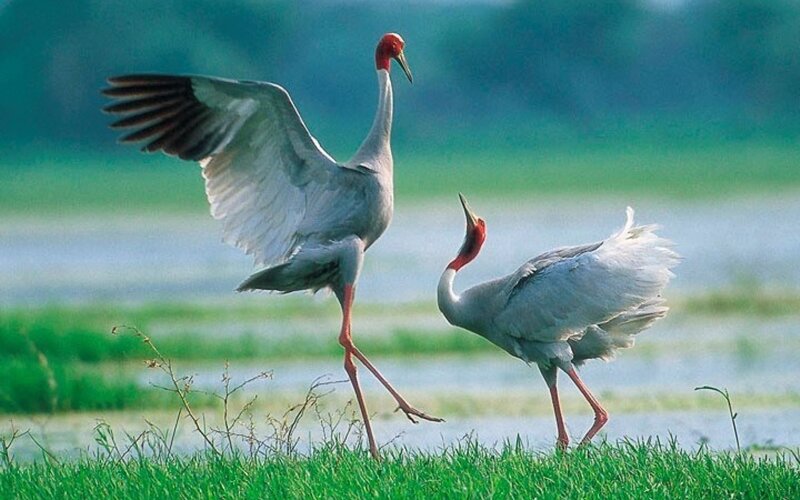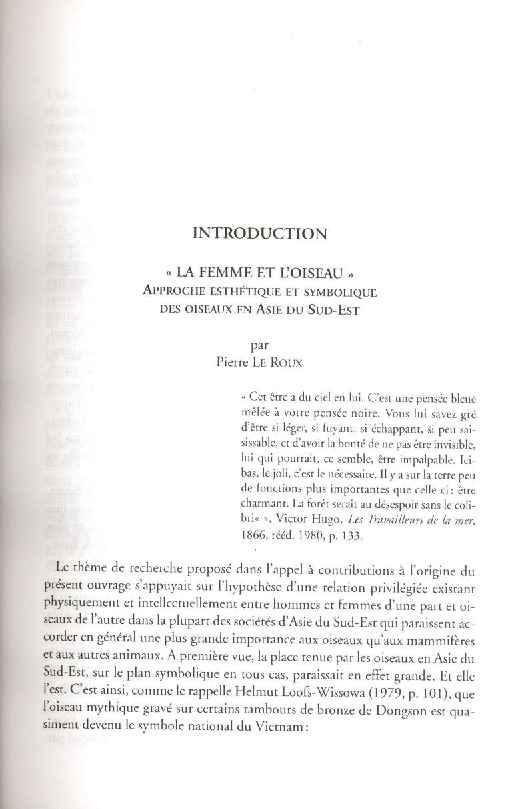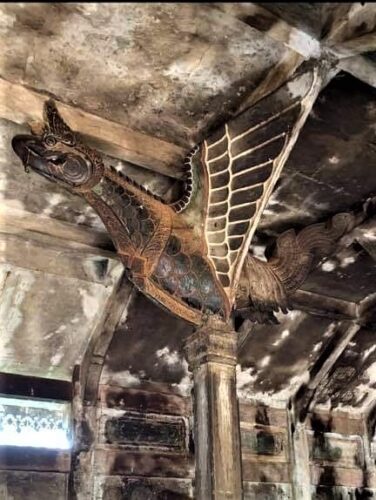Garuda
sk गरुड Garuḍa | pl गरुळ Garuḷa | kh គ្រុឌ Krud
Garuda is described as an eagle-like sunbird deity, the king of birds and, in Hindu mythology, the vehicle (vahana) of Vishnu. "Lord of the garudas" is also one of the epithets of Shiva.
In Vedic tradition, personification of courage, a potent creature who can stop the spinning of the worlds its wing flapping, the younger brother of Aruna, the driver of sun god Surya. Garuda is the one attempting to stop Rāvaṇa from abducting Sītā, as described in the Rāmāyaṇa and the Viṣṇu Purāṇa.
In Cambodian tradition, the powerful bird, a companion of Vishnu (ព្រះនារាយណ៍, Preah Neareay), fights the evil forces, its image protecting temples and houses. He is the one who moved Mount Mandara and stole the amrita for the benefit of the gods in the Churning of the Sea of Milk, an essential part of Khmer mythology. Initially an enemy of the nagas, the image of the Khmer garuda evolves into a mythical creature embracing the nagas, a fusion denoting its "evolution from Vishnu's vahana to a protective figure of Khmer Buddhism" (J. Boisselier 1951).




